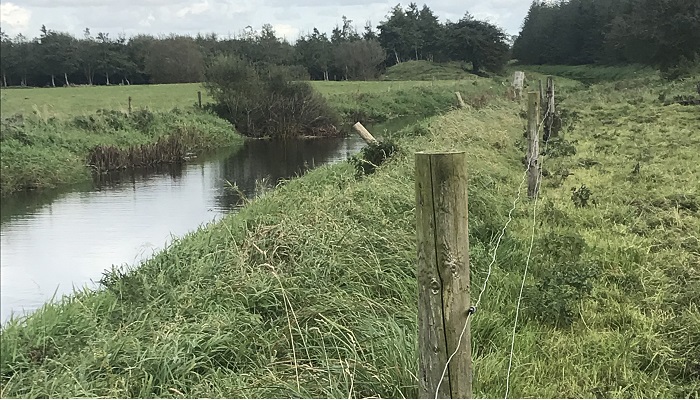12 April 2025
New guidelines on riparian buffer zones

Riparian buffer zones, which are strips of land along watercourses, play a vital role in mitigating the impact of agricultural activities on water quality.
Despite their importance, these measures have sometimes been installed without sufficient attention to the principle of the ‘right measure’ in the ‘right place’.
In an effort to address this, new guidelines to ensure that the most effective riparian buffer zone is placed in the most appropriate location have been developed by researchers from Teagasc and the James Hutton Institute in Scotland.
Developed as part of the EPA-funded SMARTER_BufferZ Project, 16 buffer zone options – many of which are novel, but none the less appropriate to Irish conditions – have been detailed. Summaries of these measures, along with an evaluation of their effectiveness in improving water quality, and the broader ecosystems benefits they may provide, were published by the EPA as part of the ‘Specific Management and Robust Targeting of Riparian Buffer Zones’ report.
Commenting after the publication of the report, Teagasc researcher and lead investigator of the project, Dr. Daire Ó hUallacháin explained that this project built upon previous EPA developments, such as PIP maps and delivery points, to create tools that help target the right measures for the right locations.
“We have developed at variety of tools to support the targeting of measures, ensuring the right measure goes in the right place. These developments can help inform current and future projects and schemes aimed at addressing water quality.
“The findings and tools developed by the SMARTER_BufferZ Project are expected to play a significant role in meeting water quality goals. These tools allow for more precise targeting of riparian measures, supporting both current and future initiatives aimed at improving water quality,” Dr. Ó hUallacháin said.
For further details, please visit the SMARTER_BufferZ website here.
